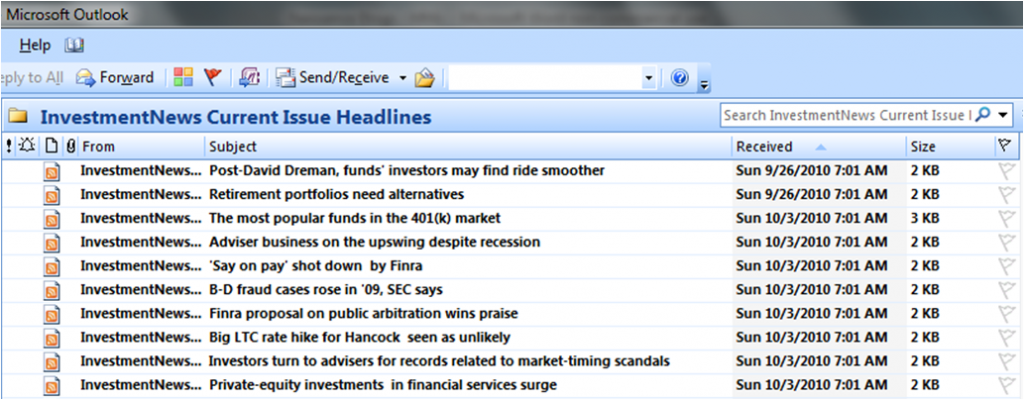How Much is a Domain Worth? Nope, Less.
When we launched Naissance, we tried to get the domain naissance.com. We got in touch with the owner of the domain and received an e-mail response that stuns me to this day.
As a Sunday diversion, here’s that response, along with my thoughts as I read it.
Hi Michael,
Thank you for your enquiry.
A search for “naissance” shows approximately over 27,300,000 results from Google.
I’m pretty sure I’ll only care about one of those. And isn’t more results actually a bad thing? Less competition sounds much better.
Names such as naissance.com are very much in demand especially as there are more than 60 MILLION domain names currently registered.
60 million. 100 million. 2 billion. Who cares? I get that this is supposed to make me think “Wow! I really need to buy this domain!” But logically I can’t quite figure out how.
If you consider that just recently Fish.com sold for $1,020,000, MyPremierCard.com for $135,250, JMM.com for $55,000 and HorseSupplies.com $52,500 etc there have been many other 5 figure sales – I’m sure that our asking price could be considered an investment for a domain of this quality.
This is my favorite part of the e-mail. I laughed out loud when I read it. Fish.com? I’m not sure there’s a less similar domain or business. And take a minute to check out HorseSupplies.com, I think it’s fair to say the buyer got ripped off.
The price of this domain is £16,500 Great British Pounds or US$27,820 (close offers may be considered). This is a one off payment for the rights to the domain, however you will be responsible for paying the yearly registration (approx $30).
$27,820. Seriously. Our counteroffer? $200. It was not considered “close”.
The thing that puzzled me most is that shifts in technology continue to make the actual domain you have less and less important. Browsers and search engines will find you, if you deserve it, without a perfect domain. In fact, after a few weeks our site and Twitter feed both sit in the top 35 of 31.8 million search results for naissance. Not bad at all.
Oh, and if you’re interested, naissance.com is still available for purchase.






